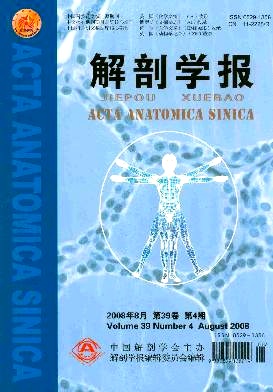|
|
Anticancer activity of the essential oil from Cinnamomum longepaniculatum leaves and its major components against human BEL-7402
2012, 43 (3):
381-386.
doi: 10.3969/j.issn.0529-1356.2012.03.017
Objective In order to study the anticancer activity of essential oil from Cinnamomum longepaniculatum leaves and its major components(1,8-cineole, sassafras oil, γ-terpinene, α-terpinene and terpinene-4-alcohol) against human BEL-7402 ceells. Methods By 3-4,5-diemethylthiarol-2,5-diphenytetrazolium bromide (MTT) fast staining method to study the growth inhibition rate of the essential oil from Cinnamomum longepaniculatum leaves and its major components on human BEL-7402 cells, and by soft agar cloning formation assay to study the effect of the essential oil from Cinnamomum longepaniculatum leaves and its major components against human BEL-7402 cells. Results The growth inhibition rates of the essential oil from Cinnamomum longepaniculatum leaves, 1,8-cineole, sassafras oil, γ-terpinene, α-terpinene and terpinene-4-alcohol against the BEL-7402 cells were 58.63%, 42.83%, 90.04%, 81.53%, 34.83% and 31.46%, respectively in vitro. Colony forming rate of the essential oil from Cinnamomum longepaniculatum leaves, 1,8-cineole, sassafras oil, γ-terpinene. α-terpinene and terpinen-4-alcohol on BEL-7402 cells were 55.13%, 61.99%, 94.56%, 89.54%, 62.02% and 59.91%, respectively. Conclusion The essential oil from Cinnamomum longepaniculatum leaves and its major components can inhibit the proliferation of live
Related Articles |
Metrics
|


